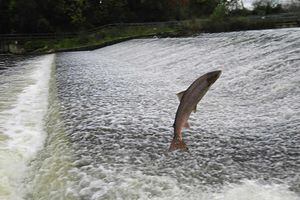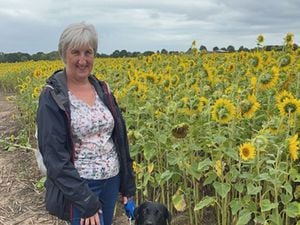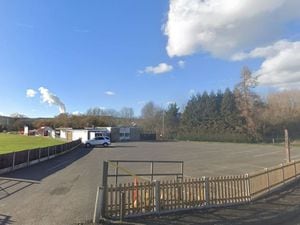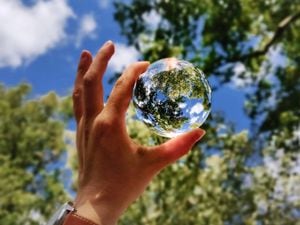Photographer Rosie captures salmon leaping up the Severn at Shrewsbury Weir
It is one of the wonders of the natural world – and it is happening in the heart of Shropshire.

This spectacular picture of a salmon leaping en route to its spawning grounds was taken at Shrewsbury Weir.
It is a long journey, fraught with danger, and not all fish make it.
The salmon are taking part in their normal annual migration to the lakes and streams further up the Severn such as at Lake Vyrnwy and Llyn Clywedog – the source of the Severn.
This salmon was captured on camera on Saturday. The fish leaping at the weir were more than two feet-long and weighed up to 24lb.
It is known the fish travel from Greenland across the Atlantic to revisit the place they were born in order to spawn, holding the geographical location in their instinctive memory much like migratory birds do.
A 24lb salmon is likely to be up to 10 years old and at full maturity.
This image was taken by Rosie Strickland, from Shrewsbury.
She said: "Watching their immense strength and power in the water as they leapt up the weir was remarkable.
"It made me feel that it is even more crucial that we learn to respect and protect these magnificent creatures and their habitat in Shropshire and further afield."
Salmon stocks along the Severn are believed to be healthy, which is in comparison to some other areas of the UK where there are concerns about diminishing numbers.
A report this week revealed that wild salmon populations in all rivers in the west Highlands and Inner Hebrides have fallen below "safe" limits to ensure their survival.
Research carried out by the Government's Marine Scotland as part of the Scottish Government's Wild Fisheries Review has graded all salmon grounds in the country.
The report shows that wild salmon stocks are not reaching what are known as conservation limits, a measure of the health of the population.
Conservationists claim the findings offer irrefutable evidence that commercially reared fish are harming their wild counterparts.





